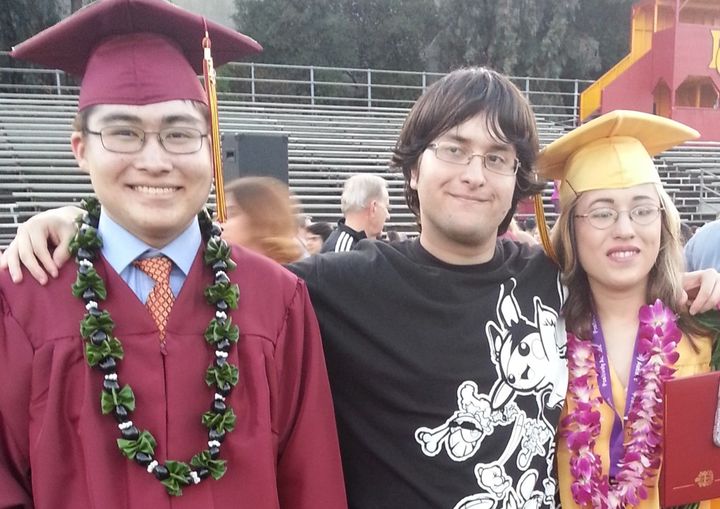
In College Applications – Gender Matters
College admissions have increasingly become more competitive and anxiety provoking for students and parents.
This is caused by several factors: there are more students applying to college than in the past. And that means more people with which to compete for admission. This is driven by higher percentages of high school graduates attending college, but also due to population shifts.
But, in today’s world, at least students and parents don’t need to worry about their son or daughter being discriminated against because of their gender — right?
Wrong.
Doesn’t Title IX outlaw discrimination in college admissions?
Only for public schools, but not for undergraduate admission at private colleges and universities.
Although more students are enrolled in public colleges and universities (because they’re on average larger institutions), there are more than double the number of private four-year institutions than public ones.
Title IX, which was an amendment to the Civil Rights Act of 1964, was passed in 1972. The Civil Rights Act of 1964 did not prohibit against gender discrimination in public education. When Title IX was being proposed in the early 1970s, private colleges and universities – especially the politically influential elite schools – argued for exemption.
As outdated and offensive to many today, in the early 1970s, Harvard, Princeton, and Yale argued that most women seeking college admissions were just seeking their “Mrs. Degree” (attending college only to find a husband). They argued that requiring admissions official to ignore gender, allowing more women to attend these elite private colleges and universities would “degrade” student body “quality.”
Support for Title IX was not preponderant and its passage into law was in doubt.
Given the significant influence these institutions had, especially upon law makers at the time, proponents of Title IX gave in to the exemption to ensure Title IX’s passage.
Exemption for private college undergraduate admissions
Section 1681(a)(1) of Title IX specifically exempts undergraduate admissions policies and practices at private colleges and universities:
“…in regard to admissions to educational institutions, this section shall apply only to institutions of vocational education, professional education, and graduate higher education, and to public institutions of undergraduate higher education.”
The 60/40 rule
According to an NBC News report, 70 percent of high school valedictorians are female. Why would any college or university not want the best students, even if they are mostly female?
Because admissions directors have realized — using admissions and market data — that the most desirable male and female students avoid schools that appear too single gender, meaning mostly female (overall, 59 percent of all undergraduate college students are women, though likely more, the most recent data seems intentionally kept unclear).
These admissions directors argue that having gender balance is seen by educators and both male and female students as an important part of the educational environment. Based on market data, admissions officials have followed a self-imposed “rule”: avoid approaching or exceeding 60 percent female.
So what does this mean?
In California, as an example, all University of California campuses, the California State University campuses , and community colleges cannot use gender when considering an offer of admissions, because they are public schools and therefore not exempt from Title IX. So male students, even if they are a significant minority of applicants, cannot be given preference just to create more equal numbers.
But this is not so for private undergraduate colleges and universities, in California and across the entire United States.
Therefore, depending on the schools into which a student seeks admission — the majority of four-year and all the top 20 institutions ranked by U.S. News & World Report’s annual college rankings are private colleges and universities — male and female college applicants may indeed need to have differing strategies about where and how to apply to have the best chances of admission to a school of choice.
Unfair and blatantly discriminatory it may be, but, until it is changed, the law allows — and the market seems to incentivize — lower admissions standards for males at private colleges and universities to keep gender percentages becoming too unbalanced.
Keeping this fact in mind may be crucial as students and parents plan their college admissions strategies.
Share this article via Facebook and Twitter.
Joel L. A. Peterson is the national award-winning author of the novel, Dreams of My Mothers (Huff Publishing Associates, 2015).
-- 1st Place Winner, 2015 Readers' Favorite National Book Awards (Gold Award)
-- Book of the Year Award Winner, Foreword Reviews’ 2015 INDIEFAB Awards
“Compelling, candid, exceptionally well written, Dreams of My Mothers is a powerful read. Very highly recommended.”
— Midwest Book Review
Learn more about the author and his book at Dreamsofmymothers.com and on Facebook
